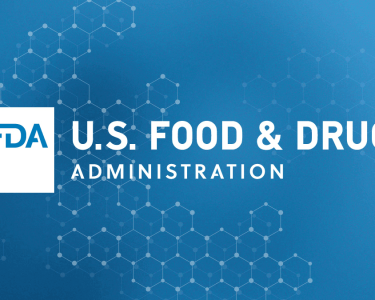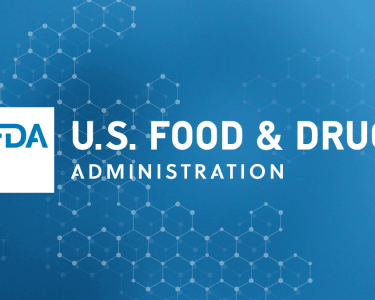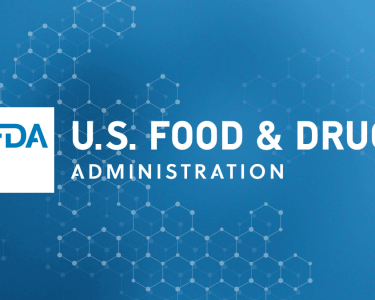
Currently there is no published pharmacokinetic information on transdermally applied testosterone in horses and whether their use could result in adverse analytical findings. Following an administration, quantitative plasma and urine analysis showed that doping control following this administration route is possible using existing international concentration-based threshold and steroid ratio approaches.
ABSTRACT
The use of testosterone in racehorses is predominantly monitored using international urine and plasma concentration-based thresholds and complementary steroid ratios. To date, there has been no published pharmacokinetic study on transdermally applied testosterone products in horses and whether their use could result in adverse analytical findings. Therefore, quantitative analysis of testosterone and epitestosterone in urine and testosterone in plasma samples was performed following a pilot multi-dose transdermal Testogel administration (1 mg/kg once a day for 7 days on clipped skin) to one gelding and one mare. The peak concentrations (Cmax) of free testosterone were 1060 and 1800 pg/mL in gelding and mare plasma, respectively. Testosterone concentrations exceeded the international plasma threshold of 100 pg/mL consistently for up to 4 h post-administration, after which detection above the threshold was sporadic up to 127 h. In urine, Cmax of free and conjugated (sulfate and glucuronide) testosterone were 700 and 323 ng/mL in gelding and mare urine, respectively. In the gelding, testosterone concentrations exceeded the international urine threshold of 20 ng/mL consistently for up to 47 h post-administration, but sporadically up to 143 h. In all samples, testosterone: epitestosterone ratios were greater than 5, another requirement for adverse analytical findings in geldings. In the mare, testosterone concentrations exceeded the urine threshold of 55 ng/mL consistently for up to 71 h post-administration, but sporadically up to 167 h. Therefore, these limited results for one gelding and one mare demonstrate that doping control following transdermal applications of testosterone to racehorses is possible using existing approaches.



